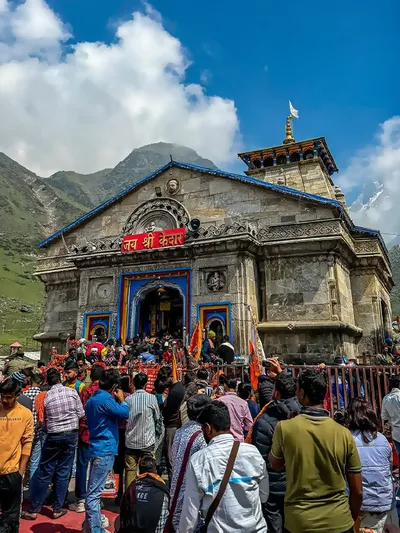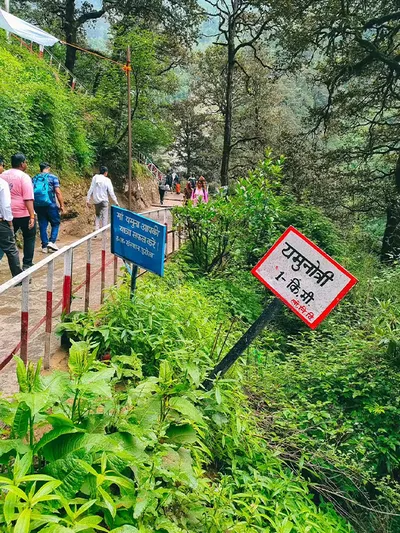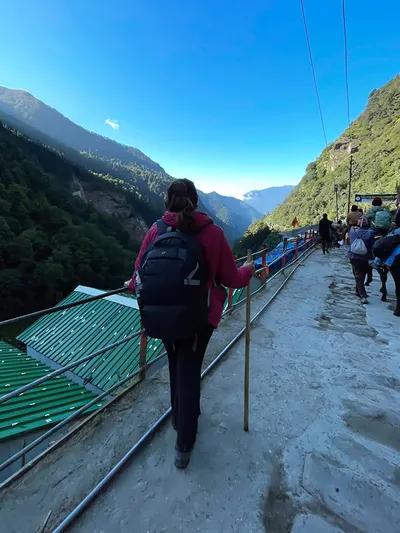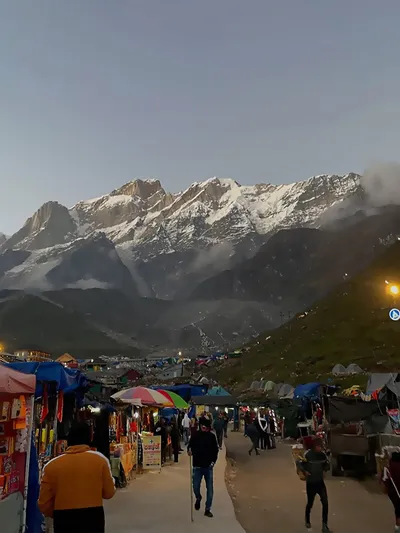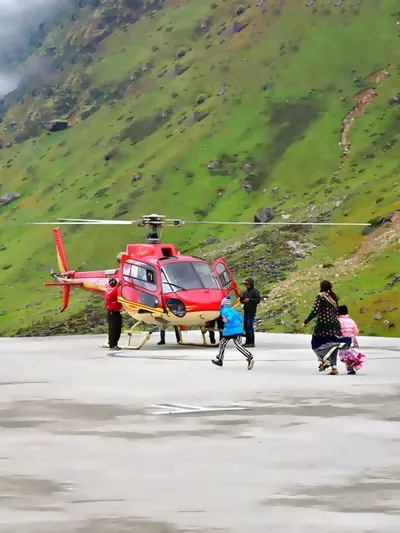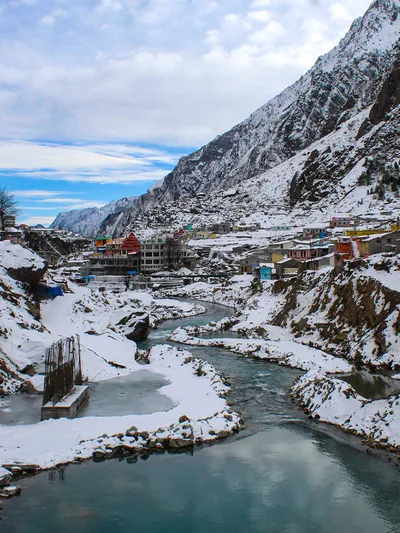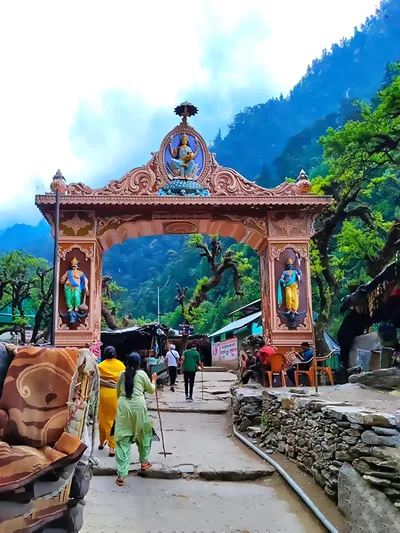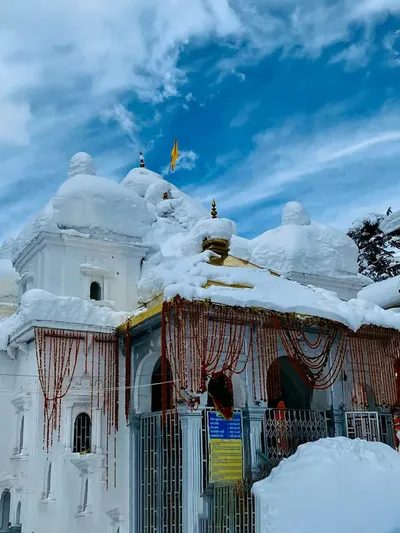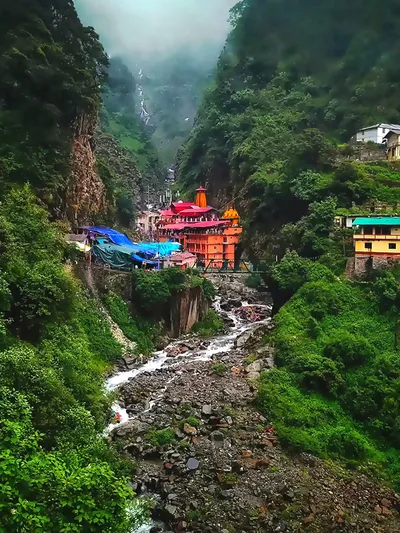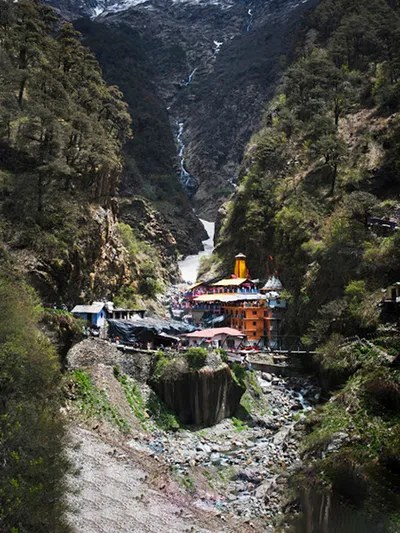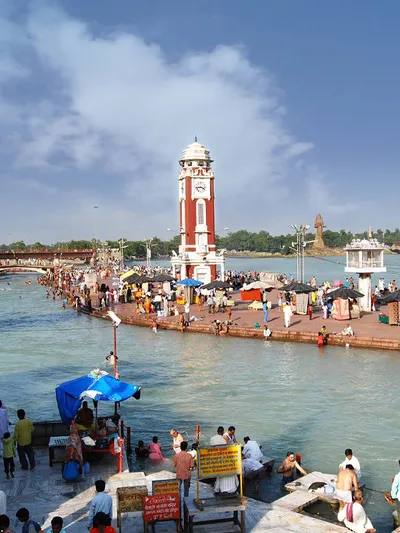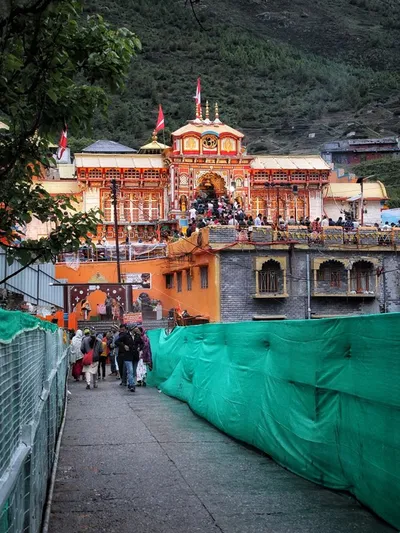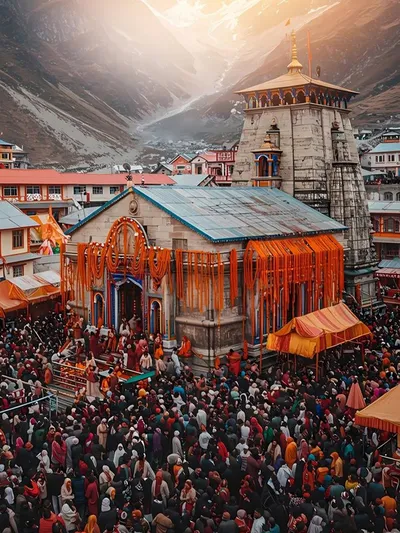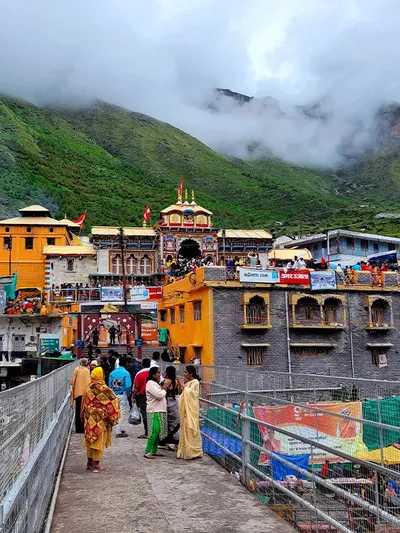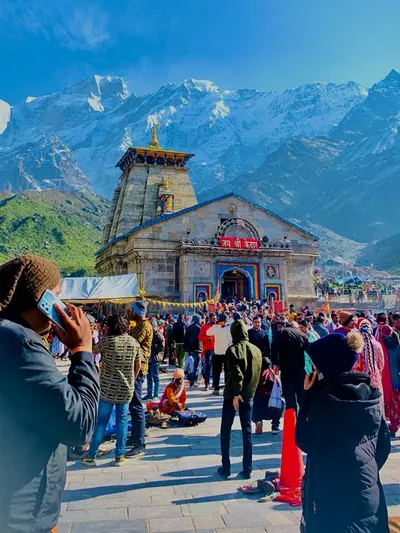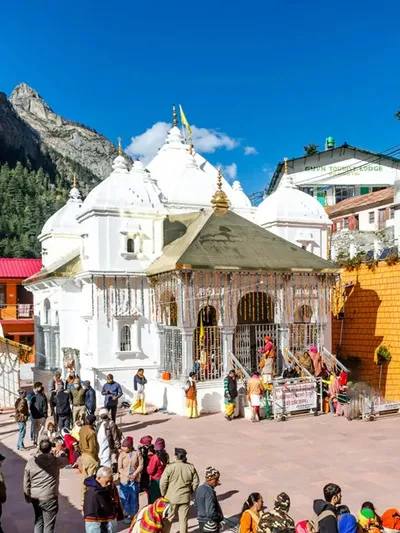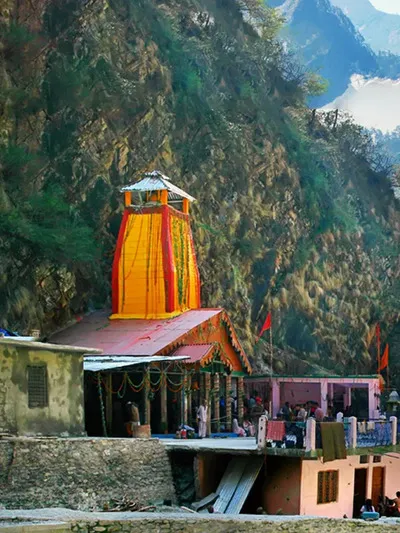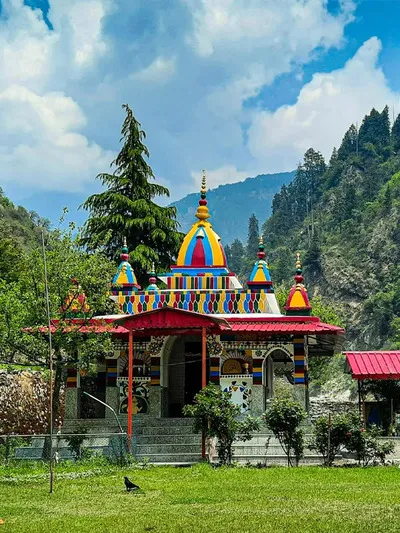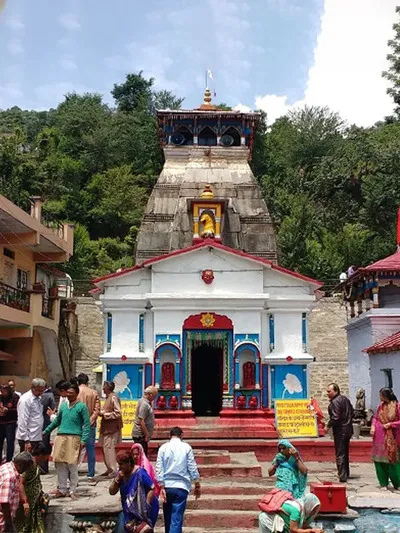History of Chardham Yatra

Chota Char Dham is a well-known pilgrimage in Uttarakhand that covers four holy places — Yamunotri, Gangotri, Kedarnath, and Badrinath. Many people are curious about history of Char Dham, especially when and how these four temples became a popular pilgrimage route. Each temple has its ancient history and special importance for pilgrims.
Over time, people started visiting all four places together because many believe it brings blessings, peace and happiness. Everyone should know the history of these places because they play a very important role in the Hindu religion. Let’s learn more about past and the meaning of these four temples.
History of Yamunotri
- Yamunotri is the holy place where the River Yamuna starts. It is located in the Uttarkashi district of Uttarakhand. It is a very sacred river, just after the Ganga in importance.
- Yamunotri is the first stop in the Char Dham Yatra. Pilgrims believe that visiting this place protects them from sudden or painful death because Goddess Yamuna is the sister of Yama Dev, the god of death.
- The Yamunotri Temple was built in 1839 by King Sudarshan Shah of Tehri. Inside the temple, you can see idols of the river goddesses Yamuna and Ganga. Close to the temple, there are many hot springs, and Surya Kund is the most popular and holy among them.
Legend
It is believed that Goddess Yamuna is Surya Dev’s daughter and Yamraj’s sister. She once prayed for her brother’s well-being, and because of her devotion, Yamraj blessed her. He said that whoever takes a bath in the Yamunotri River will get purified and achieve moksha.
The place where Yamunotri Temple stands today was once the home of Sage Asit. Every day, he used to bathe in both the Ganga and Yamuna rivers. When he became too old to visit the Ganga easily, the river moved closer to Yamuna at Yamunotri so he could still bathe.
History of Gangotri
The Gangotri Temple was built in the 18th century by Nepalese General Amar Singh Thapa. The Ganga River starts from the Gaumukh glacier, which is inside Gangotri National Park and about 19 km away from the temple.
Legend
People believe that King Bhagirath’s strong prayers and hard meditation brought Goddess Ganga down from heaven to cleanse the ashes of his ancestors.
- King Sagara had 60,000 sons. They believed that Sage Kapila had hidden the sacred horse used in an important ritual. In anger, they attacked his ashram without listening. This made the sage angry, and he cursed them; after that, they turned to ashes.
- Only one son, Anshuman, survived and prayed for his brothers to be saved. Even though he couldn’t succeed, his son Bhagirath meditated deeply and worked hard to bring the River Ganga to earth.
- Only Ganga had the power to wash away their sins. But her strength was too much for the earth, so Lord Shiva caught her in his hair to calm her down before she came to earth.
History of Kedarnath
Kedarnath Dham is one of the most popular places in the Char Dham Yatra. It is located in the Rudraprayag district. People believe the original temple was built by the Pandavas during the Treta Yuga. The current temple was rebuilt by Adi Shankaracharya around the 8th century CE. The Kedarnath Temple, built with strong grey stone, has stood for centuries.
Legend
- After the Mahabharata war ended Pandavas went searching for Lord Shiva to ask for forgiveness for killing their family members. But Lord Shiva didn’t want to meet them. So he turned into a bull and hid in the Himalayas.
- Bhima saw a strange bull and ran after it. He caught its tail at Kedarnath. The bull went into the ground, but its back stayed outside. That’s why the Shivling looks like a bull’s back.
- It is believed that other parts of the bull appeared at different places in the Himalayas, where the Pandavas later built temples. Because of their devotion, Lord Shiva forgave and blessed them.
History of Badrinath
- The holy Badrinath Temple is dedicated to Lord Vishnu and is the last stop on the Char Dham Yatra. People believe that Adi Shankaracharya placed the idol of Lord Vishnu here and made this place a sacred spot for worship. A Garhwal king built the temple at its current location.
- Before the temple was built, Adi Shankaracharya found the idol in the Alaknanda River and kept it in a cave near Tapt Kund, where people worshiped it. Since then temple has been repaired several times because of damage caused by natural disasters.
Legend
- It is believed that Lord Vishnu was meditating here, and Maa Lakshmi changed into a berry tree to protect him from the bad weather.
- Another mythology is that Lord Shiva and Maa Parvati lived here, but one day Lord Vishnu came as a child, took Shiva’s resting spot, and asked them to leave.
- Nar and Narayan were two brothers who prayed and meditated for a long time in Badrinath. They did this to bring peace and happiness to the earth.
Interesting facts about the Char Dham Yatra History that many people don’t know
- Inside the Badrinath Temple there is a special flame called Jyoti. People believe this flame never stops burning, even without oil. It continues to burn, even when the temple doors are closed during winter.
- For nearly 400 years, the Kedarnath temple was hidden under ice, according to geologists. Scientists found glacier marks on the walls, but the temple was not badly damaged. It was built strong to survive nature’s challenges.
- Near Gangotri Dham, there is a very special Shivling called Jalmagna. You can only see it in winter when the water level goes down, and the shivling appears.
- Even when the outside temperature is very cold, the water in Surya Kund at Yamunotri stays hot all the time, which attracts many visitors.
Conclusion
Char Dham Yatra is not just visiting four holy temples, it's a spiritual journey full of history and amazing stories. Yamunotri, Gangotri, Kedarnath, and Badrinath each have their own special story and importance. These temples have stayed strong for many years even after facing bad weather. The more we know about the history of Char Dham the deeper our connection becomes with this holy pilgrimage. You don’t just return with memories but also with peace.
